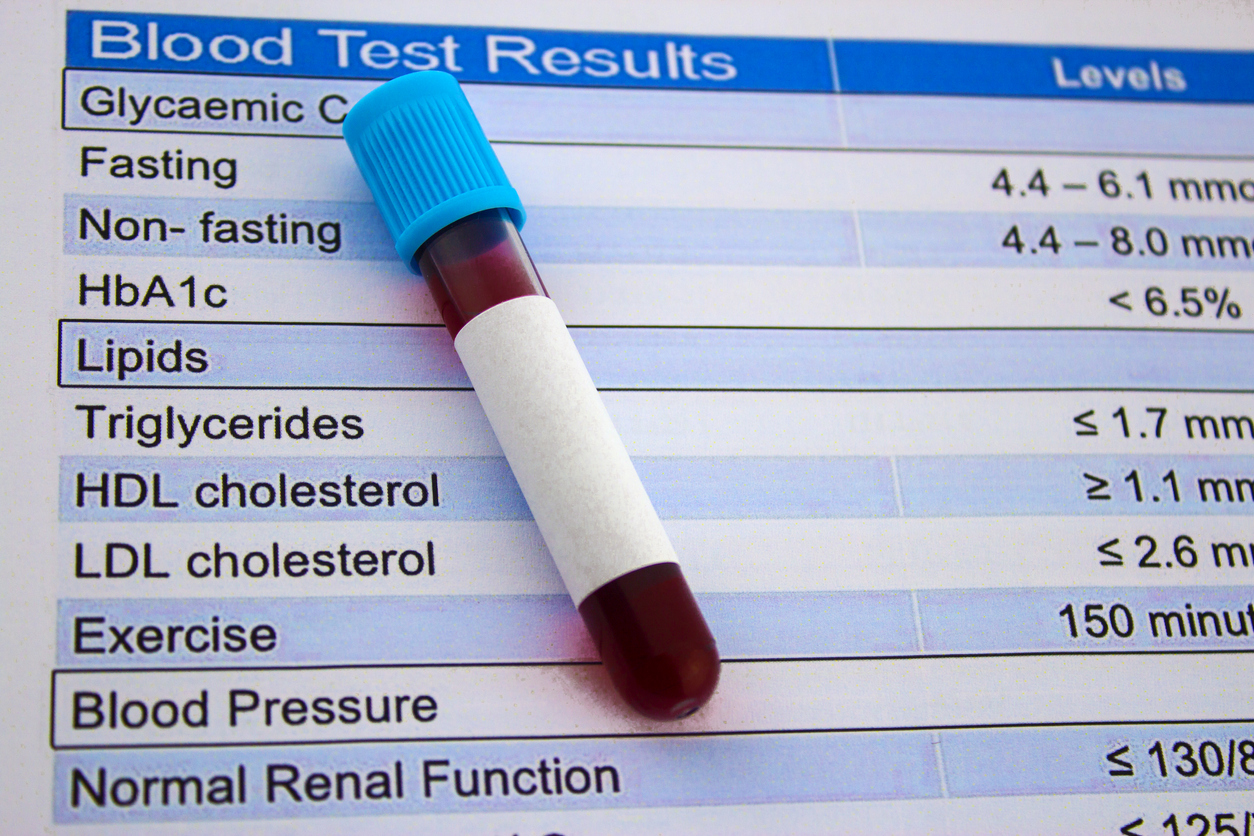
Chronic lymphocytic leukemia (CLL) is the most common leukemia in adults.1,2 Each year, approximately 20,000 Americans are diagnosed with CLL, with new cases at a rate of 4.9 per 100,000 in adult men and women.3 The estimated five-year survival for diagnosed patients is about 87 percent.3 Many newly diagnosed patients are put in “watch and wait,” where they are actively monitored for disease progression.4
Patients with CLL present with varying degrees of severity and mortality risks. Fortunately, clinical assays exist to test diagnosed patients for specific biomarkers — genetic mutations — that serve as predictors of disease progression and mortality.5 Results from this simple test, known as cytogenetic/fluorescence in situ hybridization or “FISH,” may help guide treatment by providing key insights on the type of treatment needed.6
Read more at STAT...







